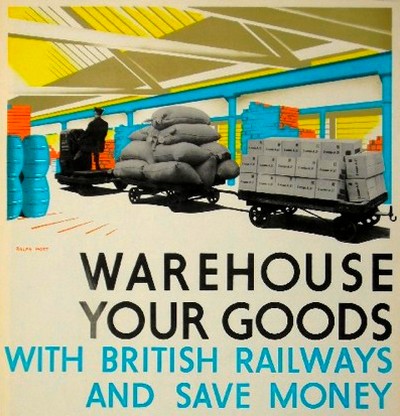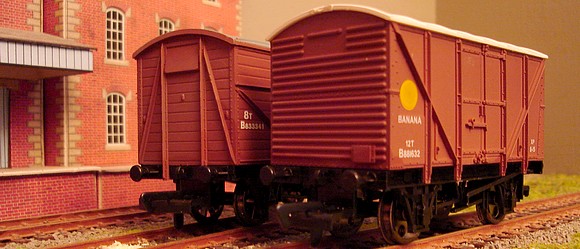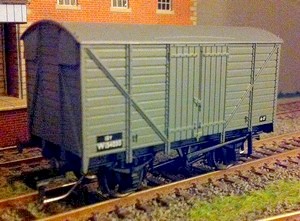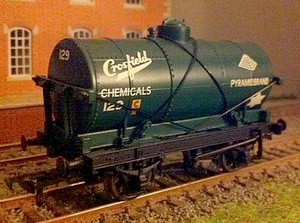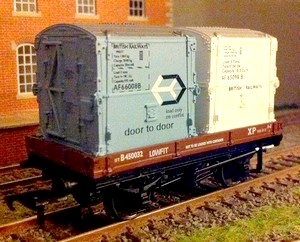 |
|
| |
FREIGHT
|
| |
| Little Bazeley is, first and
foremost, a shunting puzzle layout. Had it ever
existed in real life it is most unlikely that
such a location would have seen such an amount of
freight movement by rail even in the mid-1960s. Little Bazeley not only owes
its name to the 1960s Avengers
television series, in some ways it works along
the same lines of thought too - some basic
assumptions may be outrageously far fetched, yet
they serve the purpose of providing highly
enjoyable entertainment very well.
|
|
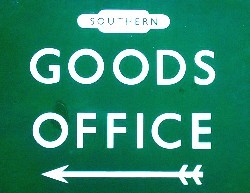
|
|
| |
| Freight traffic on Little
Bazeley therefore is simply an extrapolation of various
aspects and characteristics of 1960s freight traffic on
British Railways. It is bound to be faulty or even
outright wrong in terms of true and factual
functionality, but then it just serves the purpose of
providing the shunting puzzle setup with a variety of
freight stock. |
| |
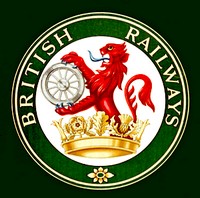
|
|
BRITISH RAILWAYS
LITTLE BAZELEY
SIDINGS
1960s FREIGHT
OPERATIONS
|
|
| |
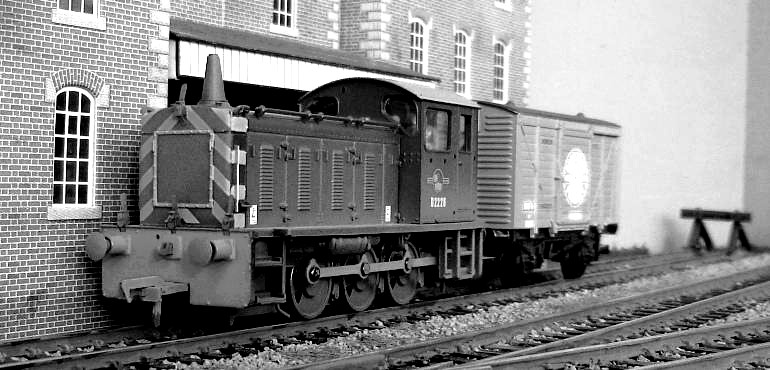
The
year is 1966 - England's football team has just won the
world cup, and our trainspotter who has ventured out to
Little Bazeley uses Ilford FP4 black and white film to
capture the scenes he finds on his travels.
|
| |
The choice of period (a very loose
1964-1969, being the very last years of the British
steam/diesel transition era) just about allows for
comparatively short standard wheelbase stock of
10'-0" (3m) - scaled down to 4mm scale / 00 gauge
this translates into goods wagons about 3,2" (8cm)
long, i.e. short enough to allow for the capacities
needed for an Inglenook Sidings setup within the given
space of 4' x 1' (120cm x 30cm).
|
| |
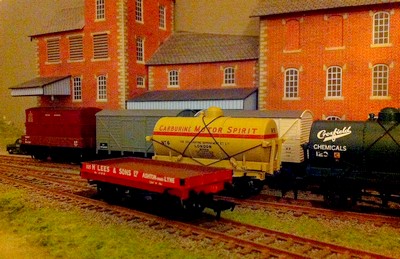
|
|
The red brick
warehouse sitting at the sidings beyond the
station of Little Bazeley is left deliberately
generic so as to allow for a variety of freight
stock to be used. Not being too specific about
who exactly receives and ships what here -
further disguised by a very general sign reading
"SUSSEX STORAGE" - can
justify almost anything turning up here (again,
assuming that business by rail is a lot more
flourishing than it actually was by the time
period the layout is set in).
Goods and a wide range of
commodities are transported to and from the
warehouse in one type or another of the covered
goods van, of which a wide variety may show up at
Little Bazeley, or 1960s style container traffic
on 3-plank or conflat wagons.
|
|
| |
| Little
Bazeley also has storage facilities for liquid fuels and
chemicals (some of which are also required to simply run
the warehouse facilities) which are mostly transported in
14t tank cars (again for reasons of length with regard to
the Inglenook requirements). A fair number of these
(which did in fact survive into the 1960s) show up,
accounting for around half of the total freight traffic. |
| |
|
| |
| The motive power used to
perform the shunting duties required at Little Bazeley
holds no surprises: an 0-6-0 diesel electric shunter
(better known as Class 08) and an 0-6-0 diesel-mechanical
shunter (Class 04) take turns in appearing at the
warehouse sidings. |
| |
|
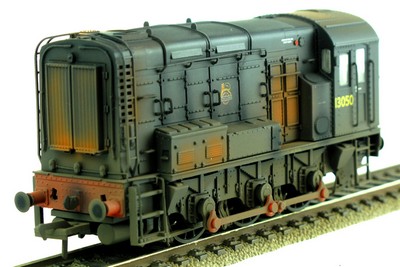
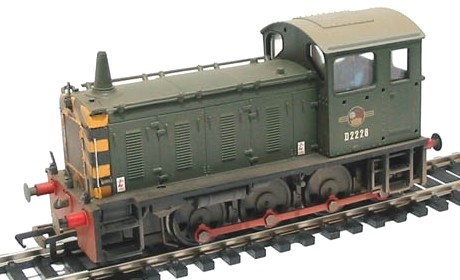
|
|
The 0-6-0 diesel electric shunter
is a 2013 model from Bachmann, expertly weathered
by The Model Center. Its black livery, number
without a D-prefix, and early BR emblem actually
date this engine pre-1957, and to assume that
this particular engine escaped renumbering and a
visit to the paint shop for around ten years is
stretching credibilty very far. On the other hand
no other livery ever suited this class better
than black, and the worn appearance of this
particular model so hints at years of hard work
exposed to salty seaside air that it is simply
assumed that 13050 (which in real life started
out in Crewe in 1954 and was withdrawn in 1980
allocated to Burton) ventured South and
simply remained in the vicinity of Little Bazeley
and thus far from any paint shop.
The
0-6-0 diesel-mechanical shunter D2228 (Class 04),
on the other hand, did actually spend its working
life on the South Coast. Also a Bachmann engine
(released in 2004 as a factory weathered model)
it carries the correct mid-1960's period paint
scheme of BR green with wasp stripes. Used on the
prototype in areas where smaller sized
shunting locos were needed, this is actually a
fairly prototypically correct engine to appear at
a location such as Little Bazeley. Again it is
assumed that this locomotive has its base not too
far away from Little Bazeley which is why it is a
regular for the shunting duties at the sidings
serving the Sussex Storage warehouse.
|
|
| |
| Because there is no track
arrangement at Little Bazeley Sidings to enable the
shunter to run around its train, a rake of incoming
freight stock needs to be pushed to the warehouse from
Little Bazeley station. |
| |
According to specific
regulations issued for the location of Little
Bazeley, this arrangement requires a brake van to
be at the end of the consist so that a guard can
act as pilot and oversee the trip to the sidings
(this also means that the brake can is a constant
in the selection of the cars for the 5 car
Inglenook formula).
Just
like 0-6-0 diesel electric shunter 13050, the
model used primarily for this was somehow lost in
time, because the 25t "pill box" brake
van - introduced on the Southern Railway in 1925
- still carries its SR markings and paint job.
Very unlikely if not completely impossible, it is
again a case of a Bachmann model exquisitely
weathered by TMC simply being too appealing not
to be run - and an example of just how much
liberty a shunting puzzle layout can afford if
the operator is so inclined.
|
|
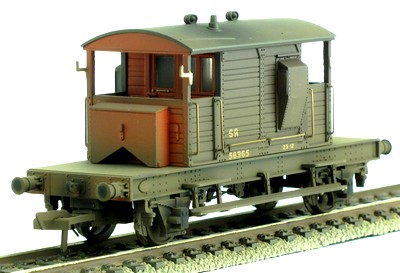
|
|
| |
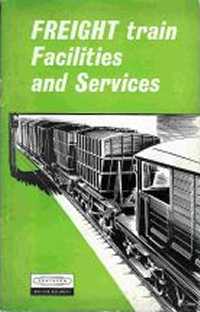
|
| |
1980s FREIGHT OPERATIONS
|
| |
| Little Bazeley Sidings can
also be made to represent 1980s freight
operations, although in an admittedly limited
way, as the length of the sidings obviously can't
be changed. This works because the motive power
remains the same - the trusted Class 08 shunter -
and simply appears in a livery appropriate for
the 1980s, i.e. BR blue. |
|
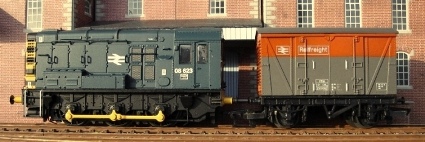 |
|
| |

VEA at East Usk Yard in
1990
(c) and courtesy Tony Dunkley
Collection
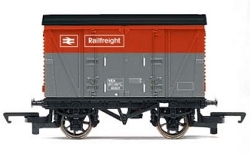
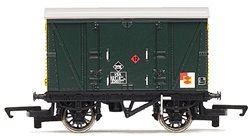
The versatile Hornby VEA
|
|
As for the rolling stock,
this is mainly represented by the ventilated VEA
van, which features the same short wheelbase as
1960s freight stock but still saw use in the
1980s in colourful Railfreight livery - some VEAs
even made it into the sectorisation era (and
livery) of the late 1980s to early 1990s. The Hornby
model is of a certain age and dimensionally
inaccurate but fits the bill for any shunting
puzzle purpose outside of finescale modelling
(and anyone looking for a more accurate VEA might
try the Parkside Dundas VEA BR Vanwide kit).
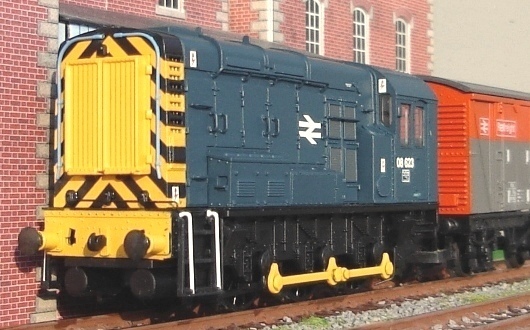
|
|
| |
BACK TO

Back
to the Model Railways Shunting
Puzzles Website main page
|
| |
|
| |
Page
created: 07/JUN/2004
Last revised: 15/NOV/2015
Archived: 25/OCT/2021
|





